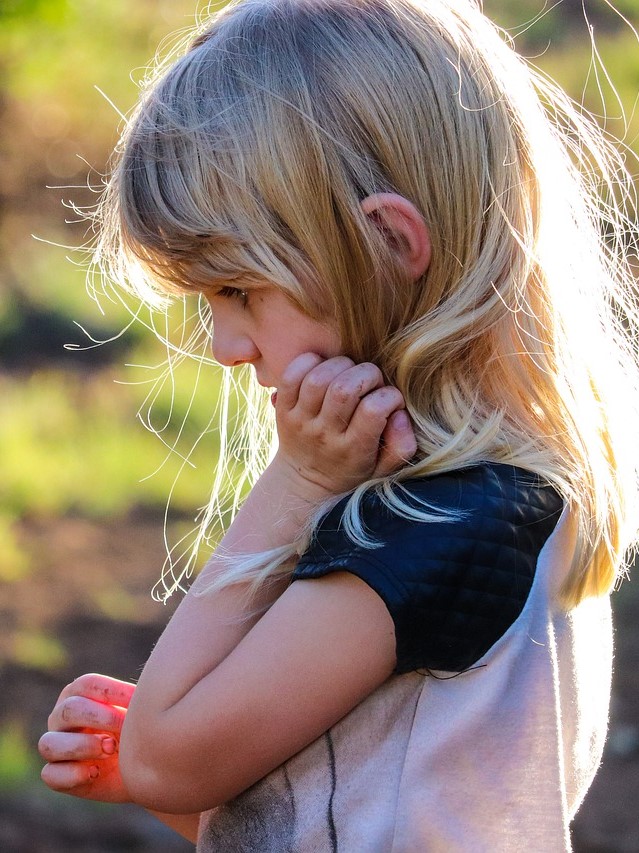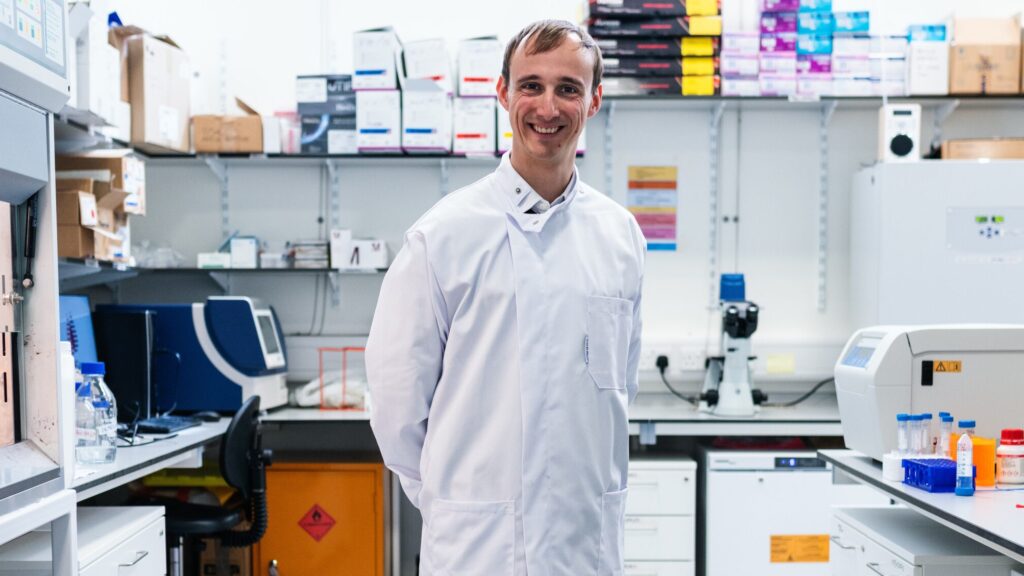What is CPAE?
Learn more about Children Pediatric Autoimmune Encephalopathy and
how it’s affecting children and their families.

Definition
Children’s Postinfectious Autoimmune Encephalopathy (CPAE) occurs when a child’s autoimmune response to an infection or virus erringly attacks the brain. The resulting inflammation presents an abrupt onset of acute neurological, behavioral and personality changes.
Some symptoms of CPAE (e.g. PANS/PANDAS):
Obsessive Compulsive Disorder (OCD)
Restrictive Eating
Tics
Severe Anxiety
Migraines
Irritability and Aggression
Depression
Age Regression
Sensory Sensitivities
Hallucinations
Reasearch Initiatives
Part of our core initiatives are to fund and expand research for
treatment and diagnosis. PACE supports the following research:
IVIG Studies
Grants
The PACE Foundation has facilitated approximately $7 million of funding towards CPAE disorder research and support
PANS Incidence Study
Microbiome and the Effect on PANS
Collaborative study currently being conducted by The University of Arizona and Dartmouth



